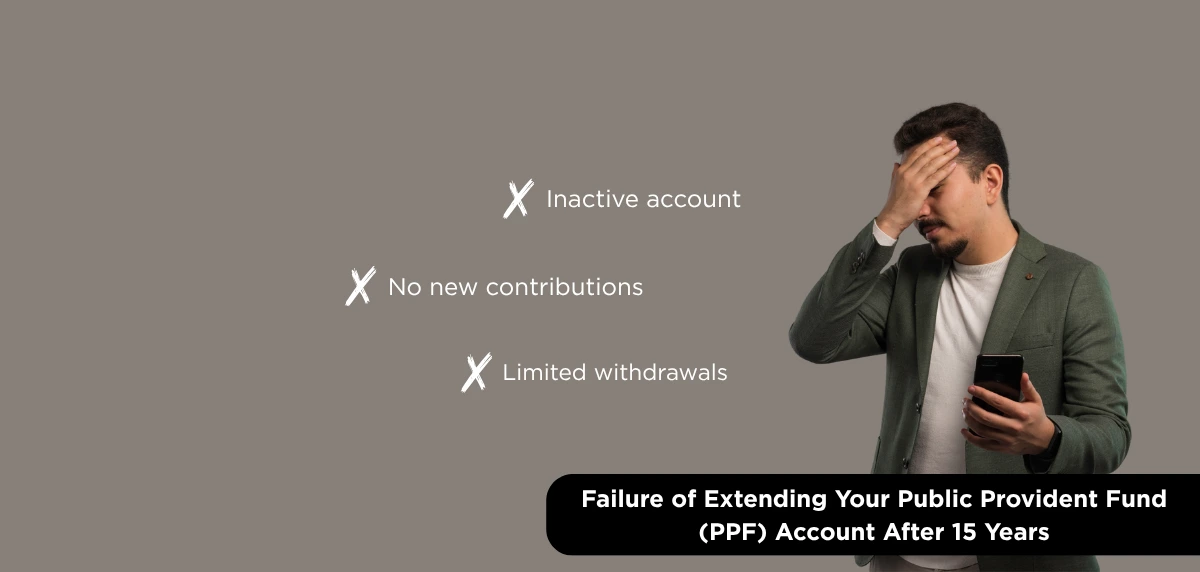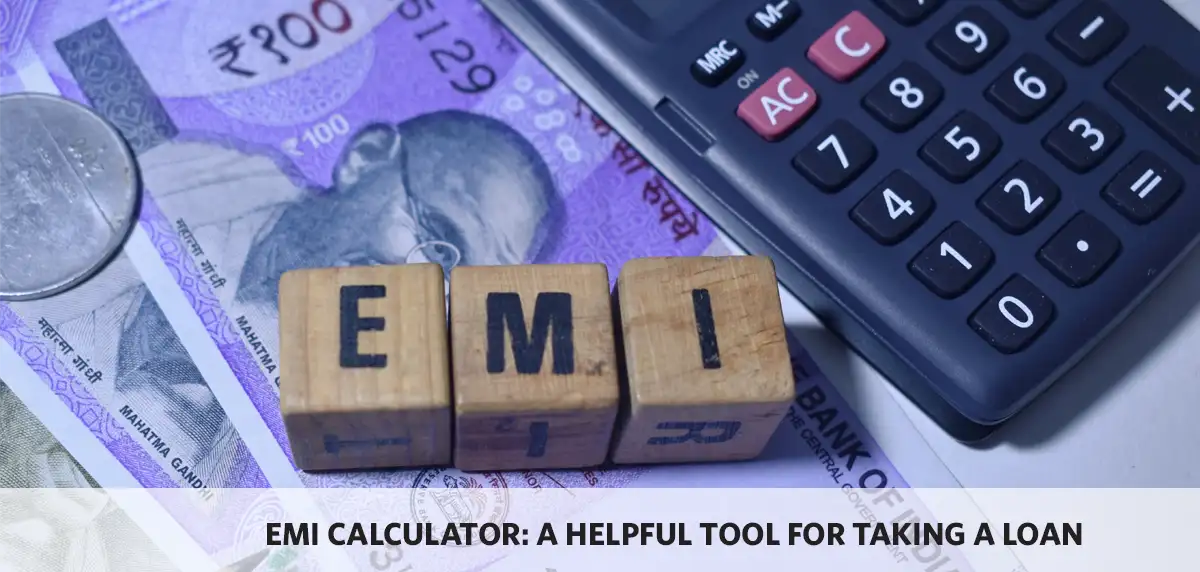The Public Provident Fund represents one of India's most reliable long-term investment options. This government-backed savings scheme combines capital protection with attractive returns and significant tax benefits. PPF currently offers an interest rate of 7.1% per annum (compounded annually), attracting risk-averse employees who seek steady wealth growth over time.
PPF operates with a mandatory 15-year lock-in period, after which you face an important decision to withdraw your entire corpus or extend its tenure. Read on to understand the extension process in detail and how failing to extend your PPF account after 15 years can limit your investment flexibility and future returns.
Ways to Extend Your PPF Account After 15 Years
At maturity, you have three clear options for managing your PPF account. Each option has different rules for contributions, withdrawals, and tax benefits.
Situation 1: Complete Withdrawal
You can withdraw your entire accumulated amount immediately after 15 years. This option gives you full access to your money without any restrictions. However, choosing this path ends your PPF investment journey. You lose the opportunity to continue earning tax-free returns and making tax-deductible contributions.
Situation 2: Passive Extension (Default Option)
If you take no action within one year of maturity, your account automatically extends for another five years. Your existing corpus continues earning at current PPF interest rates. You can withdraw the full amount anytime during this period without penalties.
The limitations for this option include:
● No fresh contributions
● No tax benefits under Section 80C
● Only one withdrawal per year
● Account continuation in five-year blocks
Situation 3: Active Extension with Contributions
This option requires submitting Form H within one year of maturity. You can continue making fresh deposits up to Rs 1.5 lakh annually while your corpus grows. This maintains all original tax advantages under Section 80C.
The limitations for this option include:
● Fresh deposits allowed up to Rs 1.5 lakh per financial year
● Tax benefits available on new contributions
● Withdrawal limited to 60% of the balance at the start of extension
● Only one withdrawal per year
● Extension carried out in five-year blocks
Comparing these options against those of other investment vehicles (like ULIP plans vs life insurance policies vs PPF) helps determine the best choice for your portfolio. Moreover, you may also leverage the help of a PPF calculator to map, and project returns under different scenarios.
What Happens When You Don't Extend Your PPF Account After 15 Years?
While you understand what PPF is and what its extension options are, failure to extend your PPF account after 15 years results in a passive extension mode automatically. This default mechanism continues indefinitely in five-year cycles.
Here are some of the factors you may come across in the process:
a. Immediate Consequences
Your account will stay active without any action from your side. The bank continues crediting interest to your account balance. You retain full withdrawal flexibility, meaning you can access your entire accumulated amount whenever needed. There are no PPF withdrawal penalties or charges apply on rules during this period.
b. Long-term Limitations
However, this passive approach carries significant limitations that can impact your long-term financial planning. This can translate into restrictions in making fresh contributions to the account, significantly reducing the power of compounding over time. It eliminates your ability to claim tax deductions under Section 80C for future investments in this PPF account. Your withdrawal access, while flexible, is limited to once per year.
These consequences are particularly relevant when comparing investment alternatives (like ULIP vs PPF or life insurance vs PPF) for better outcomes.
c. Banking Procedures
Most banks maintain these passively extended accounts without issues. However, some institutions might mark dormant accounts as closed after extended periods without activity. If this happens, you must contact your bank to reactivate the account and clarify your extension status.
The one-year grace period for submitting Form H provides an opportunity to switch from passive to active extension. Missing this deadline restricts your future options to either complete withdrawal or continued passive extension only.
d. Comparison with Other Investment Options
When evaluating passive extension against alternatives, consider the opportunity cost. Other investment plans might offer better returns or more flexibility. Some options, such as life insurance policies, provide protection benefits alongside investment growth, while ULIP products combine insurance with market-linked returns.
Deciding whether to extend your PPF account after 15 years hinges on your financial goals and overall portfolio strategy. Many individuals view PPF as a cornerstone of their investment plans, due to its steady returns, tax benefits, and government backing. If you aim to actively extend your PPF tenure, you may submit Form H and enjoy sustained benefits for another block of five years.





















